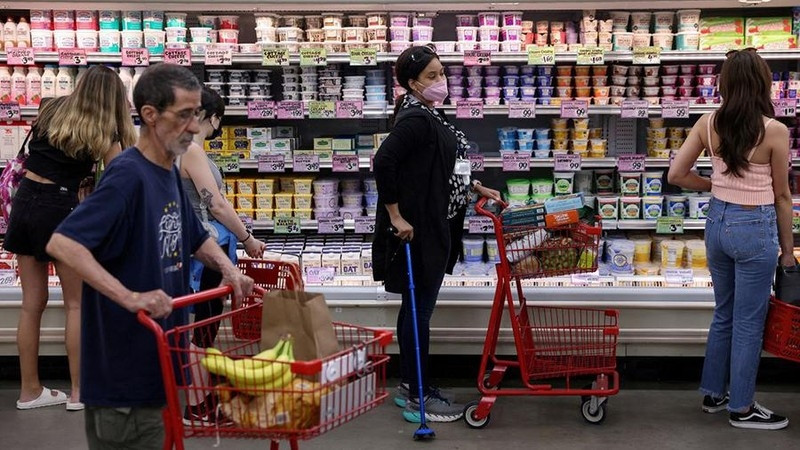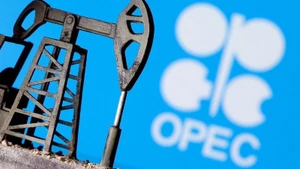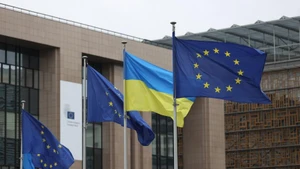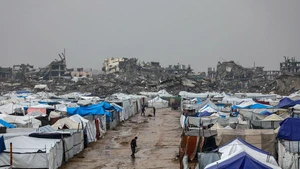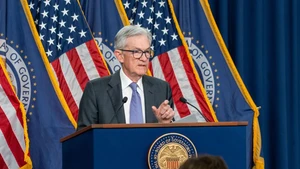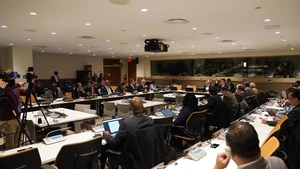According to the US Commerce Department’s preliminary estimate, GDP fell at a 0.9% annualised rate after a 1.6% decline in the first three months of the year. This is not surprising. The US economy is expected to face greater pressure from high inflation, rising interest rates, slowing job growth, falling home sales, and many other difficulties. With inflation raging at its highest level in four decades, analysts say that the US economy is likely to fall into a recession and unemployment rate will rise.
According to a survey of economists conducted by Bloomberg recently, probability of a downturn over the next 12 months stands at 47.5%, a sharp increase from 30% odds in June.
Since April, the International Monetary Fund (IMF) has also lowered its forecast for US economic growth twice due to falling demand in the world's largest economy. The IMF expects the US GDP to grow by 2.3% in 2022, and by 1% in 2023
The decline in economic growth for two consecutive quarters has long been considered a defining sign of a recession. However, the National Bureau of Economic Research (NBER) defines recessions in the United States as “a significant decline in economic activity that is spread across the economy and lasts more than a few months. It also assesses many other data points, including gauges of income, employment, inflation-adjusted spending, retail sales and factory output.”
According to economists, the continuous decline in the US economic growth rate is due to the continuous increase of interest rates by the Federal Reserve (Fed) to hike interest rates, the weakening housing market, the hiring cuts of technology companies.
The Fed hiked interest rates by 0.75 percentage point on July 27. Fed Chair Jerome Powell acknowledged the softening economic activity as a result of tighter monetary policy. However, he said that failing to restore price stability would be a “bigger mistake” than pushing the US into a recession.
Despite growing concerns about the risk of the US economy falling into a recession, US President Joe Biden continues to be optimistic that the world's largest economy will not fall into a recession. President Biden hopes the US economy will recover in the direction of rapid and steady growth.
According to the head of the White House, the US economy was "on the right path," with solid job growth. According to a report released by the US Labour Department, initial unemployment claims decreased by 5,000 to 256,000 in the week ended July 23.
President Biden stated that the US job market remains strong while emphasising "But even as we face historic global challenges, we are on the right path and we will come through this transition stronger and more secure".
US Treasury Secretary Janet Yellen has said that US economic growth is slowing and acknowledged there was the risk of a recession, but she said a downturn was not inevitable.
According to Yellen, the Fed's cooling measures can help reduce inflation but do not push the economy into a recession. She also said that inflation "is way too high" and recent Fed rates hikes were helping to bring soaring prices back in check.
Although concerns about the risk of a recession have increased, the US economy is still considered stable overall. Preventing the price increase from being too high and controlling inflation is one of the priorities of the Fed right now. Fed officials still believe the US economy has hidden strengths and can avoid a recession.
